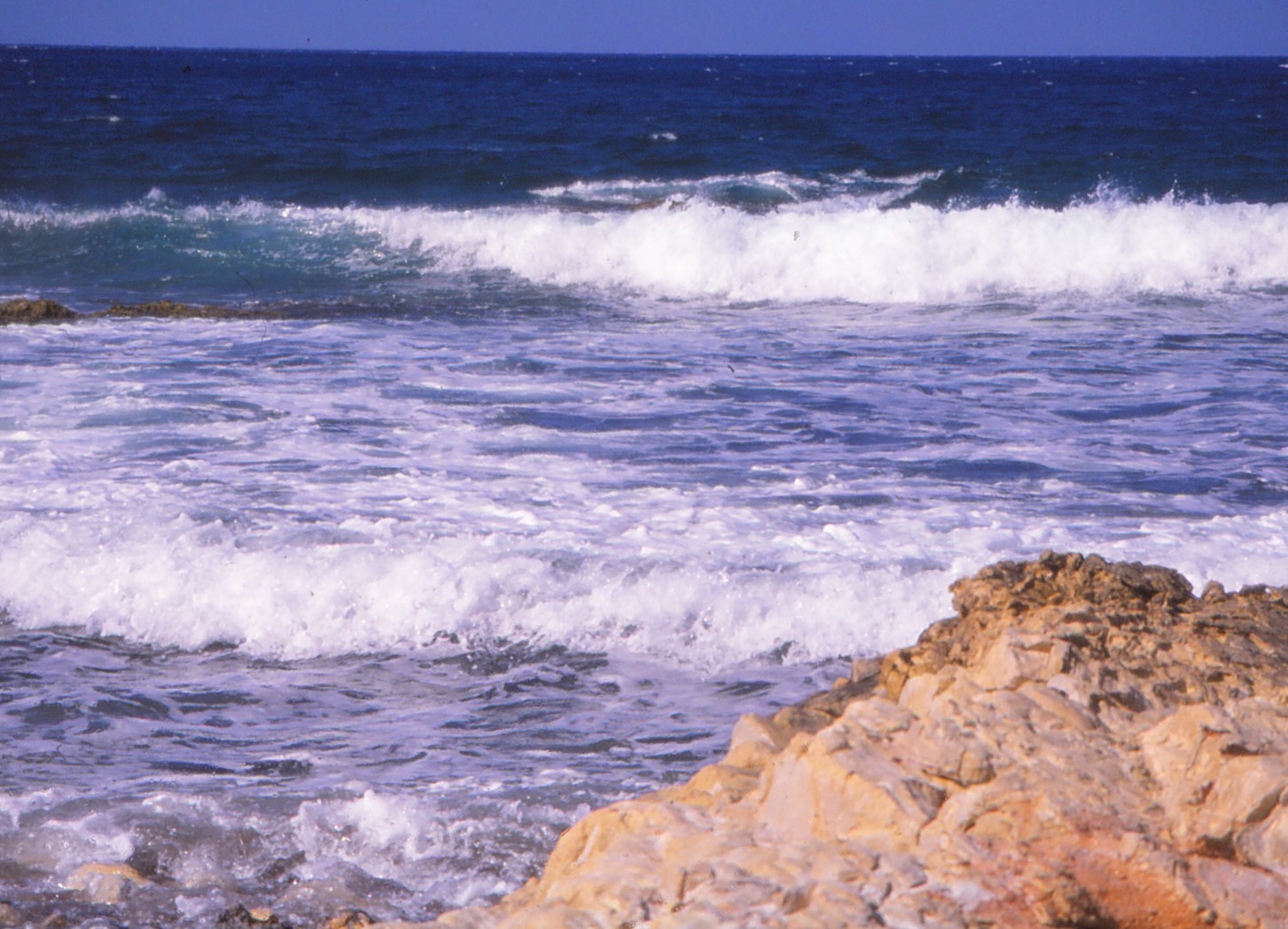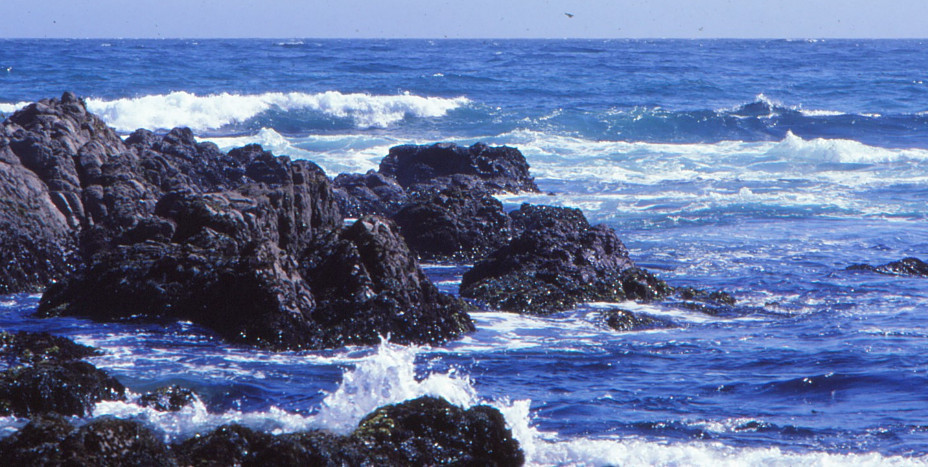Cod - a component of fish'n chips disappearing because of climate change?Keskiviikko 8.7.2020 klo 14.27 - Mikko Nikinmaa In an effort to introduce some physiological realism to stock assessments, Hänsel et al. (Ocean warming and acidification may drag down the commercial Arctic cod fishery by 2100; PLOS ONE, https://doi.org/10.1371/journal.pone.0231589 April 22, 2020) have modelled how some factors caused by temperature increase and ocean acidification affect traditional stock modelling of cod. Although at crude level (e.g. not taking into account any effects of aquatic pollution), the study gives sobering views. While up to the present an increase in temperature has been beneficial for recruitment, the future looks gloomier. Because of the improved recruitment until the bottom temperature reaches +5oC, cod stocks have actually increased with temperature increase. However, now the bottom temperature in most cod fisheries areas is beginning to be above that temperature, whereby further temperature increase causes reduced recruitment. Also, ocean acidification reduces recruitment. The modelling suggests that because of temperature increase and ocean acidification, cod catches, which could at present be sustainable, lead to rapid loss of cod populations by 2100. The predictions by Hänsel et al give a very strong reason, why understanding the physiology of fisheries species is imperative for planning sustainable fisheries. |
|
Kommentoi kirjoitusta. Avainsanat: stock assessment, fisheries, ocean acidification |
Physiological studies clarify how copper pollution and hypoxia affect fishTiistai 21.1.2020 klo 17.17 - Mikko Nikinmaa Two major problems in the oceans are the spreading of hypoxic areas (areas with low oxygen level) and copper pollution. The ocean deoxygenation problem is the subject of an IUCN report, downloadable from https://www.iucn.org/resources/publications, and it has been discussed also in this blog on December 13, 2019 (Deoxygenation of oceans is an increasing problem with effects on sealife). Copper pollution is caused especially because copper is a component of antifouling paints of ship hulls and boats. These paints are used to kill all organisms attaching on boats (discussed in this blog, Environmental Effects of Shipping, January 15, 2020). These two problems interact. Exposure to copper decreases tolerance to low oxygen level in fish. This is possibly due to copper causing thickening of gill epithelium, whereby oxygen transfer across the epithelium is decreased. In contrast, previous hypoxia reduces tha effects of copper on fish. This is probably due to copper effects being reduced after hypoxia-inducible factor (HIF)-dependent pathway is activated. Several studies on copper-hypoxia interactions on the functions of fish have been published from 2004 onwards (e.g. van Heerden et al. Aquatic Toxicology 69, 271-280, 2004; Fitzgerald et al Aquatic Toxicology 217, 105325, 2019; Zeng et al. Science of the Total Environment 708, 134961, 2020). They indicate how important physiological studies are for understanding, how humans affect the ocean ecosystems. |
|
Kommentoi kirjoitusta. Avainsanat: climate change, ocean acidification, metal pollution |
Heat and Carbon Dioxide Absorption of the Seas; How Long Can it Help Us?Sunnuntai 6.10.2019 klo 17.53 - Mikko Nikinmaa Reading the IPCC Special Report on “The Ocean and Cryosphere in a Changing Climate”, a couple of things, which can have important effects, have got very little attention in the news. The news have mainly concentrated on melting ice and sea level rise, but the role of oceans hitherto taking up most of the carbon dioxide and heat can become a significant problem in the future, if it starts to reach the limit. First, the oceans have absorbed much of the heat. This may lead to the following consequences. The temperature increase and temperature variations are a major contributor to the hurricanes and typhoons, and to the increase in their strength. Further, the aggravated temperature changes in the oceans will influence the rains, their strength and predictability. The second major effect of heat uptake by the oceans is that it increases the temperature of the surface water. This, together of the melt water from the glaciers, decreases the density of surface water and increases stratification. Since mixing of water is necessary for proper oxygenation, it is no surprise that oxygen-minimum zones in oceans have recently increased in area. The lack of oxygen decreases the habitats available for fish and other marine animals. Increased stratification and decrease The absorption of carbon dioxide in the oceans acts like any other carbon dioxide sink by decreasing the amount of carbon dioxide free in atmosphere thereby decreasing temperature increase. However, an increase of temperature decreases the solubility of carbon dioxide in water. Thus, the heat absorption by the sea will decrease carbon dioxide absorption, and decrease the role of the ocean as carbon dioxide sink. In addition, carbon dioxide causes ocean acidification. Ocean acidification causes problems for all the animals with calcium carbonate shells. Calciferous shell production is made more difficult, and since the shells have carbonate, their reduced production and sinking of dead animals to sea bottom will further reduce carbon dioxide removal. In addition to effects on calcification, ocean acidification has effects on, e.g., sensory and other functions of fish (Cattano et al 2018. Living in a high CO2 world: a global meta‐analysis shows multiple trait‐mediated fish responses to ocean acidification. Ecological Monographs 88, 320-335; Esbaugh 2018. Physiological implications of ocean acidification for marine fish: emerging patterns and new insights. J. Comp. Physiol 188B, 1-13; Tresguerres and Hamilton 2017. Acid–base physiology, neurobiology and behaviour in relation to CO2-induced ocean acidification. Journal of Experimental Biology 220, 2136-2148). We have written an overview of the effects of ocean acidification on animal function (Nikinmaa M and Anttila K. 2015. Responses of marine animals to ocean acidification. In: Climate Change and Marine and Freshwater Toxins, Botana, LM, Louzao, C and Vilarino, N (eds.) De Gruyter: Berlin, pp. 99-123). |
|
Kommentoi kirjoitusta. Avainsanat: climate change, ocean acidification |
Climate change - why seas matterKeskiviikko 25.7.2018 klo 16.37 - Mikko Nikinmaa Compared to the terrestrial environment the seas contain fifty times more carbon dioxide. Further, about half of all photosynthetic carbon dioxide removal is done by oceanic organisms, mainly phytoplankton, which partly remove carbon from circulation, when they sink to seabottom after dying. An increasing temperature decreases the solubility of carbon dioxide and ocean acidification means that the equilibrium between carbon dioxide, bicarbonate and carbonate is driven towar The net result of the above is that liberation of the greenhouse gas, carbon dioxide, from the seas to the atmosphere increases simultaneously as its photosynthetic fixation decreases. Furthermore, the marine environment enters vicious circle: the higher the temperature and lower pH, the more carbon dioxide enters the atmosphere and causes further temperature increase. The well-being of the seas thus matters - also in mitigating climate change. |
|
Kommentoi kirjoitusta. Avainsanat: carbon dioxide, greenhouse gases, carbon footprint, ocean acidification |

 in temperature difference between tropical and polar areas will also reduce the generation of water currents, e.g. the Gulf stream, which partially maintains the favourable climate of Europe. Finally, if the heat capacity of oceans is exhausted, for the same amount of heat energy an increase of air temperature becomes larger.
in temperature difference between tropical and polar areas will also reduce the generation of water currents, e.g. the Gulf stream, which partially maintains the favourable climate of Europe. Finally, if the heat capacity of oceans is exhausted, for the same amount of heat energy an increase of air temperature becomes larger. ds carbon dioxide. Further, the pollution of the seas has resulted in reduced photosynthesis despite eutrophication in some areas.
ds carbon dioxide. Further, the pollution of the seas has resulted in reduced photosynthesis despite eutrophication in some areas.